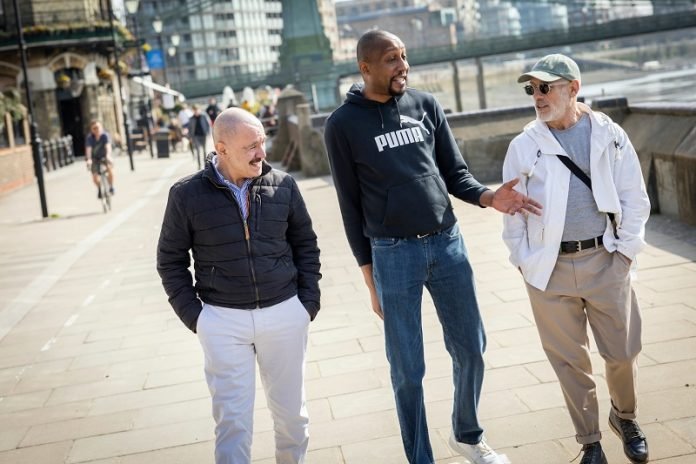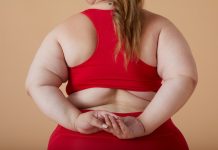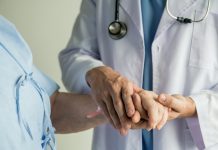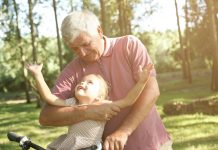
Previous research has shown that low physical activity and greater time spent sitting are associated with a higher risk of death.
Does risk change if a person is genetically predisposed to live a long life?
In a study from the University of California San Diego, scientists found physical activity may have a stronger role in longevity than genes.
In 2012, researchers began measuring the physical activity of 5,446 women in the United States who were 63 and older, following them through 2020 to determine mortality.
Participants wore a research-grade accelerometer for up to seven days to measure how much time they spent moving, the intensity of physical activity, and sedentary time.
The team found that higher levels of light physical activity and moderate-to-vigorous physical activity were linked to a lower risk of death.
Higher sedentary time was linked to a higher risk of mortality. These associations were consistent among women who had different levels of the genetic predisposition for longevity.
The findings suggest if you aren’t likely to live longer based on your genes, you can still extend your lifespan by engaging in positive lifestyle behaviors such as regular exercise and sitting less.
Conversely, even if your genes predispose you to a long life, remaining physically active is still important to achieving longevity.
Given the aging adult population in the United States, and the longer time spent engaging in lower-intensity activities, the study findings support recommendations that older women should participate in physical activity of any intensity to reduce the risk of disease and premature death.
If you care about longevity, please read studies about exercise that is vital to improving longevity in older people, and this dieting method could help increase longevity.
For more information about wellness, please see recent studies about vaccines that can block COVID-19 and variants, plus other coronaviruses, and results showing this type of exercise may slow down bone aging.
The study was conducted by Alexander Posis et al and published in the Journal of Aging and Physical Activity.
Copyright © 2022 Knowridge Science Report. All rights reserved.



